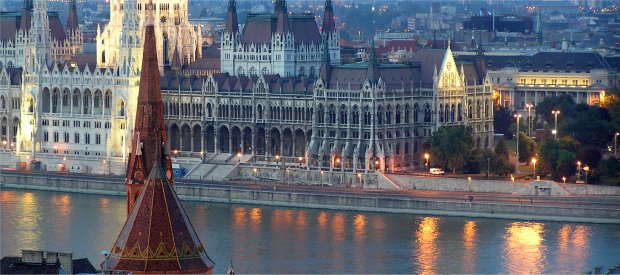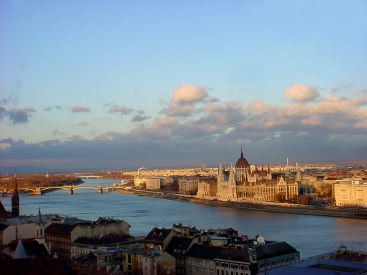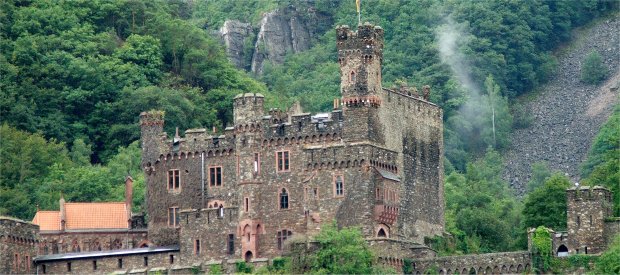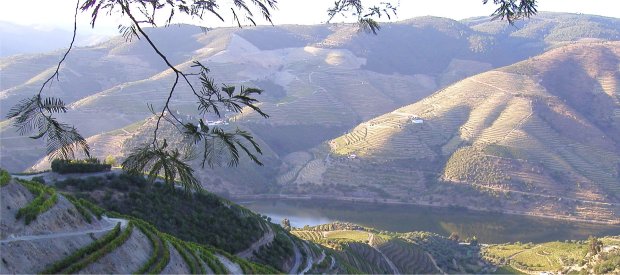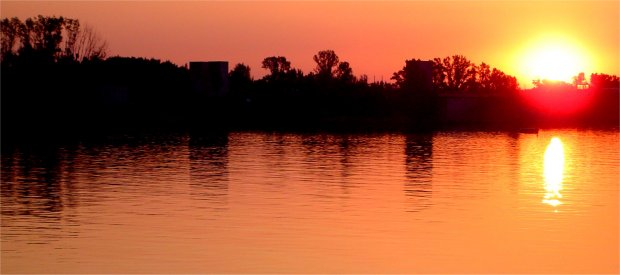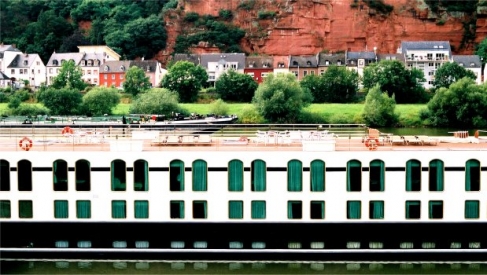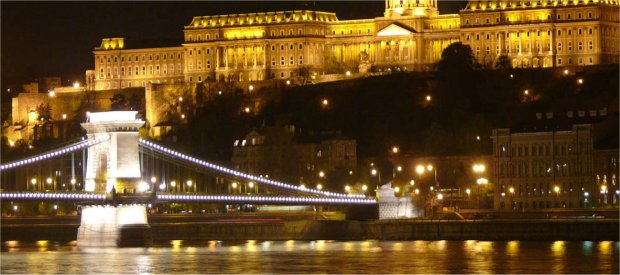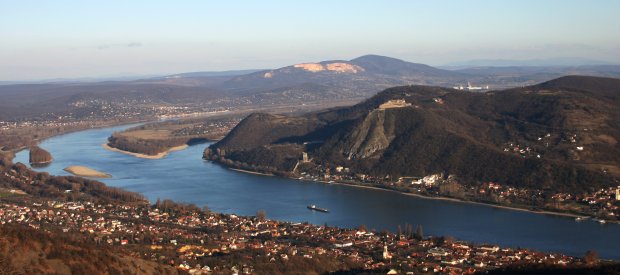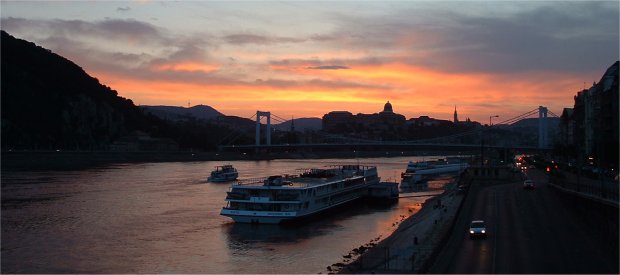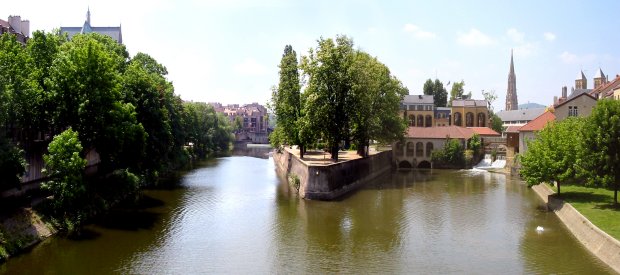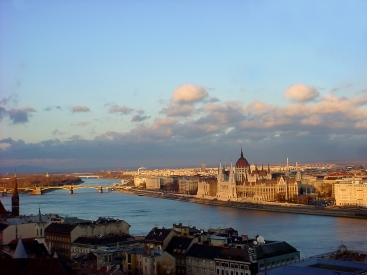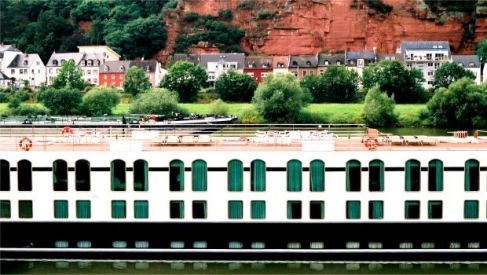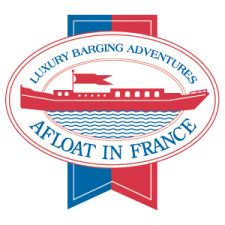

Afloat in France offer the same luxury and elegance that have made Orient-Express's Paris-Istanbul rail route so beloved of Hollywood film-makers. In fact, to call their vessels ‘barges’ hardly does them justice. Orient-Express describes them as ‘peniche-hotels’ and they have five, taking from 4-12 guests, all available for charter as well as for passengers simply booking their own stateroom (definitely not just a cabin).
For my Orient Express-afloat experience, I travelled on the Napoleon, the largest of the fleet, along the River Rhone on a cruise that took in olive groves and lavender fields, fine wines and Van Gogh street scenes, Roman amphitheatres – and the Gypsy Kings.
It all started, though, appropriately enough, with a train. For those who hate flying – or just airports – getting to a cruise in Europe has become increasingly easy by rail. And, frankly, why would anyone want to fly to France these days when it’s so much quicker, easier and greener to take the train?
Instead, you can have a relaxed breakfast on Eurostar reading the Sunday papers and you’re in Paris in time for a quick lunch at L’Express Bleu, the Belle Epoque restaurant in the Gare de Lyon.
Then it’s on to the TGV to Valence in Provence, the seemingly endless spaces of rural France unrolling before you, mile after mile. We passed golden fields, white Charolais cattle sheltering from the sun beneath spreading trees, square-towered churches, red-roofed chateaux, woods, lakes and hills. The dense Kentish fog that rubbed against the windows of Eurostar seemed far distant under the hot sun – could it really have been only a few hours ago?
Stepping from that hot Provencal sun into the air-conditioned comfort of the Napoleon, I was handed a glass of chilled champagne, and the crew and passengers took some time to get to know each other.
This wasn’t difficult as there were just 12 passengers – 6 Americans, 2 Aussies, 2 Brits and 2 Italians who live in Malawi – with a complement of 6 to look after us. The crew handed round canapés and asked what we liked to eat, and if there were any special requests about visits or menus.
We were shown our charming cabins; the pretty sitting room stocked with books, a lap-top and the bar (“Help yourself,” was the friendly policy); the spacious dining room; and the top deck with its loungers, Jacuzzi and outdoor dining. It is luxurious, yes, but also relaxed. This is a place to unwind and slow down in every way. After all, for the next week, the Napoleon travelled at a maximum speed of 9mph.
After a wine tasting at the Ferraton vineyard in Ermitage, on our first evening, we drove up to the top of the hill among the world-famous vineyards and looked down on the river snaking its way through the landscape below and which we would follow to Arles and Avignon.
That first evening offered another treat, our first dinner on board. After drinks and canapés in the salon, we all ate together around a single oval table while guide Jonathan explained the wines (that night from Ermitage, naturally).
 Vanessa, one of the two hostesses, was the cheese expert and she found three new cheeses for us every evening. All the food was locally sourced and beautifully cooked and presented. This is not a holiday for those on a diet but it is most definitely one for foodies.
Vanessa, one of the two hostesses, was the cheese expert and she found three new cheeses for us every evening. All the food was locally sourced and beautifully cooked and presented. This is not a holiday for those on a diet but it is most definitely one for foodies.
Food – and wine, of course – was an important focus of the trip. There were more vineyard visits, including Chateau la Nerthe, one of the great Chateauneuf-du-pape houses; a wonderful lunch in the pretty town of Grignan; an olive oil tasting in an 18th century Provencal Bastide; and a walk through a truffle farm, hunting (successfully) for the elusive “black diamond.” Everywhere, owners greeted us, delighted to share the secrets of their trade and its history.
There is, though, more to Provence than eating and drinking, delightful though they both may be. On the second day, we travelled downstream towards the medieval town of Viviers, home to France’s smallest cathedral. It is almost perfectly preserved, never having been touched by the invaders (usually English) or wars (usually religious) that raged around them or, more recently, the scourge of mass tourism.
One of the few things that has impinged on the peace of Viviers is the flooding of the river. The Rhone has always flooded heavily, so action had to be taken. Parts of it are still a sinuous green with swooping swallows and dabbling ducks against a background of breathtakingly pretty hamlets and castles. But others are canalised with a formidable mechanised system of locks, the biggest with a drop of some 23 metres. It makes for fascinating travel.
We mostly moored just moments from the centres of the towns or villages we were visiting. In Avignon, we walked up the steps from the quay and across the road into the walled city.
For a town whose heyday was the 14th century, this is a busy, buzzy place. It feels, in fact, entirely youthful, helped no doubt by its remarkable arts festival which rivals Edinburgh with events – music, theatre, comedy, dance – in every venue in town, even the Palais des Papes.
The papal palace was home to the popes during the 14th century when Rome became too dangerous for Pope Clement V and, for several decades, successive popes remained in Avignon, building an ever more magnificent establishment. The wide city walls are still intact and the cobbled streets with their pavement cafes, museums and galleries make a delightful setting for a leisurely stroll.
It is just a short drive to the Pont du Gard, the extraordinary Roman aqueduct that carried spring water from Uzes to Nimes. It was for the baths that the Romans planted the lavender that is so much a part of the Provencal landscape. They used it for washing (lavere is Latin for to wash) as, in Roman times, lavender was the smell of cleanliness – much as lemon is now – used in countless bath-houses and to scent everything from clothes to buildings.

There are more magnificent Roman remains in Arles, a smaller town than Avignon but no less intriguing. The biggest site is the amphitheatre – half the size of the huge Coliseum in Rome and used in much the same way, for Games. There were men against men, men against animals, animals against animals and, as time wore on, persecuting Christians became a favourite sport.
There was a famous gladiator school here way back then and, when I was there, they were actually preparing for something similar – a bullfight. But animal lovers fear not. Bullfights in the south of France are not like those in Spain in that the bulls are not killed – the aim of the game is for the bullfighters to pluck the ribbons attached to the bull’s horns.
History breathes from the very stones of Arles. A grating in a house wall reveals a Roman road below; a 12th century Romanesque church reveals stone parables on its walls, chained naked men going to hell, their robed fellows guided by angels to heaven.
One of the hospitals where Van Gogh stayed opens into a cloistered garden painted by him during his stay. On the corner of a square stands the pavement café that is one the painter’s best known works.
Provence is full of such delights and surprises – but there was one last one in store. On the penultimate night, we were told that, after dinner, we were in for a treat. We were.
One of the Gypsy Kings (effectively the local band) was in town and had teamed up with a few friends to give us an on-board impromptu concert with a flamenco-style dancer who, with a toss of her head and a click of her fingers, encouraged us all to join in. It was just another moment when the charms of Provence were impossible to resist.
AFLOAT IN FRANCE FACTFILE
The Napoleon’s 7-day/6-night itinerary cruises from Tain-L'Hermitage to Arles.
Napoleon accommodates up to 12 guests in six luxurious staterooms, each with en-suite bathrooms. With a crew to passenger ratio of 1:2, a journey aboard promises to exceed expectations with service and culinary experiences.
The peniche-hotel can be booked on a per-cabin basis or fully chartered, with prices as follows (the season runs from April to October):
Per person, per cabin: £3,060; Charter: from £30,000 based on 8 people within the party.
More info: Call 0845 217 0799 or look up www.orient-express.com
